Lizards
Family Gekkonidae (Geckos)
Common Giant Ground Gecko, Giant Ground Gecko
Chondrodactylus angulifer
Common Barking Gecko
Ptenopus garrulus
Wrinkled Thick-toed Gecko, Rough Thick-toed Gecko, Rough-scaled Gecko
Pachydactylus rougosus
Cape Thick-toed Gecko
Pachydactylus capensis
Bibron's Gecko
Pachydactylus bibronii https://africawild-forum.com/viewtopic.p ... 29#p140937
Wahlberg's Kalahari Gecko
Colopus wahlbergii
Cape Dwarf Gecko
Lygodactylus capensis
Family Chamaeleonidae
Flap-necked Chameleon
Chamaeleo dilepis
Family Varanidae
Rock monitor, White-throated Monitor
Varanus albigularis http://www-sagr.co.za/forum/viewtopic.p ... 10#p141630
Family Agamidae
Ground Agama
Agama aculeata https://africawild-forum.com/viewtopic.p ... 29#p140949
Common Spiny Agama, Southern Spiny Agama
Agama hispida https://africawild-forum.com/viewtopic.p ... 24#p141624
Family Scincidae (Skinks)
Western three-striped Skink
Trachylepis occidentalis
African Striped Skink
Trachylepsis striata, Mabuya striata
Variegated Skink
Trachylepis variegata, Mabuya variegata
Karasburg Tree Skink
Trachylepis sparsa https://africawild-forum.com/viewtopic.p ... 35#p141535
Kalahari Tree Skink
Trachylepis spilogaster, Mabuya spilogaster
Bronze Rock Skink, Damara Skink
Trachylepis lacertiformis, Mabuya damarana
Striped Legless Skink, Acontias kgalagadi
Typhlosaurus lineatus
Cuvier's Blind Legless Skink
Typhlosaurus gariepensis
Sundevall's Writhing Skink
Mochlus sundevalli, Lygosoma sundevalli
Family: Gerrhosauridae
Yellow-throated Plated Lizard
Gerrhosaurus flavigularis
Family Lacertidae (Lizards)
Western Sandveld Lizard, Striped Sandveld Lizard
Nucras tesselata, Lacerta tesselata
Bushveld Lizard, Mourning Racerunner, Black and Yellow Sand Lizard
Heliobolus lugubris, Lacerta lugubris, Eremias lugubris
Namaqua Sand Lizard
Pedioplanis namaquensis
Spotted Sand Lizard, Ocellated Sand Lizard
Pedioplanis lineoocellata https://africawild-forum.com/viewtopic.p ... 40#p141940
Spotted Desert Lizard
Meroles suborbitalis, Scaptira suborbitalis, Scapteira depressa, Eremias suborbitalis
Common Rough-scaled Lizard
Ichnotropis squamulosa
Family Amphisbaenidae (Worm Lizards)
Slender Spade Snouted Worm Lizard
Monopeltis sphenorhynchus, Monopeltis ocularis
Cape spade-snouted worm lizard
Monopeltis capensis
Kalahari Worm Lizard
Monopeltis leonhardi WERNER
Dalophia pistillum, Monopeltis pistillum
Kalahari Round-snouted Worm Lizard
Zygaspis quadrifrons
Snakes
Family Typhlopidae (Blind Snakes)
Schinz's Beaked Blind Snake
Rhinotyphlops schinzi, Typhlops schinzi
Boyle's Beaked Blind Snake
Rhinotyphlops boylei
Leptotyphlopidae (Slender blind snakes or thread snakes)
Peter's Thread Snake
Leptotyphlops scrutifrons, Stenostoma scutifrons, Glauconia scutifrons
Family Colubridae
Brown House Snake
Lamprophis fuliginosus
Mole Snake
Pseudaspis cana https://africawild-forum.com/viewtopic.p ... 35#p141517
Slender Quill-snouted Snake
Xenocalamus bicolor
Lineolate Shovel-snout, Sundevall's Shovel-snout, South African Shovel-snout
Prosymna sundevalli
Two-striped Shovel-snout, Twin-striped Shovel-snout
Prosymna bivittata, Prosymna sundevalli
Dwarf Beaked Snake, Western Beaked Snake
Dipsina multimaculata, Rhamphiophis multimaculatus
Karoo Sand Snake, Whip Snake
Psammophis notostictus
Fork-marked Sand Snake, Kalahari Sand Snake
Psammophis trinasalis, Psammophis leightoni trinasalis https://africawild-forum.com/viewtopic.p ... 10#p141634
Family Elapidae
Cape Cobra
Naja nivea https://africawild-forum.com/viewtopic.p ... 29#p140959
Kalahari Garter Snake
Elapsoidea sundevalli fitzsimonsi
Family Viperidae
Puffadder
Bitis arietans https://africawild-forum.com/viewtopic.p ... 29#p140962
Horned Adder
Bitis caudalis https://africawild-forum.com/viewtopic.p ... 29#p140963
Tortoises & Terrapins
Family Testudinidae
Kalahari Tent Tortoise
Psammobates oculifer
Leopard Tortoise
Geochelone pardalis https://africawild-forum.com/viewtopic.p ... 29#p141519
Family Pelomedosidae
African Helmeted Turtle, Marsh Terrapin
Pelomedusa subrufa https://africawild-forum.com/viewtopic.p ... 10#p141636




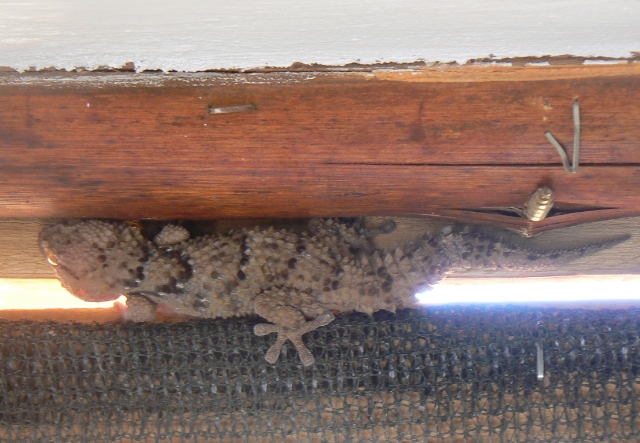
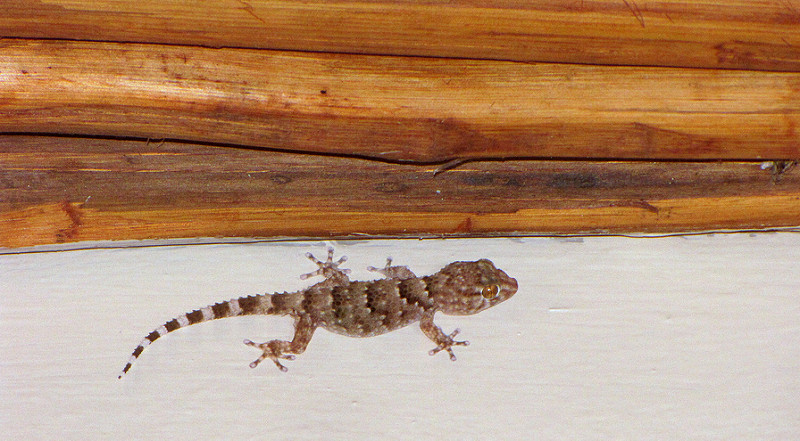 by Lisbeth
by Lisbeth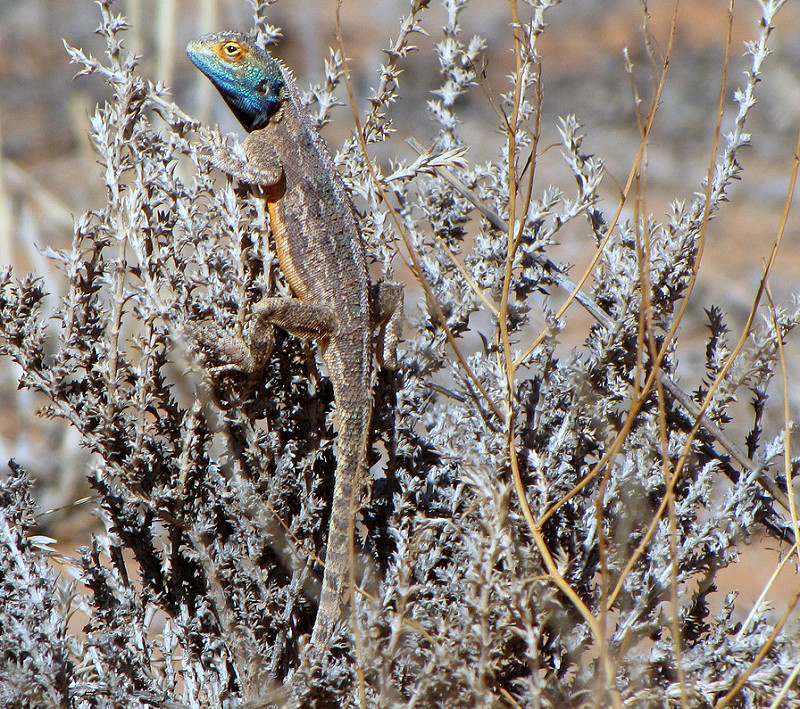 by Lisbeth
by Lisbeth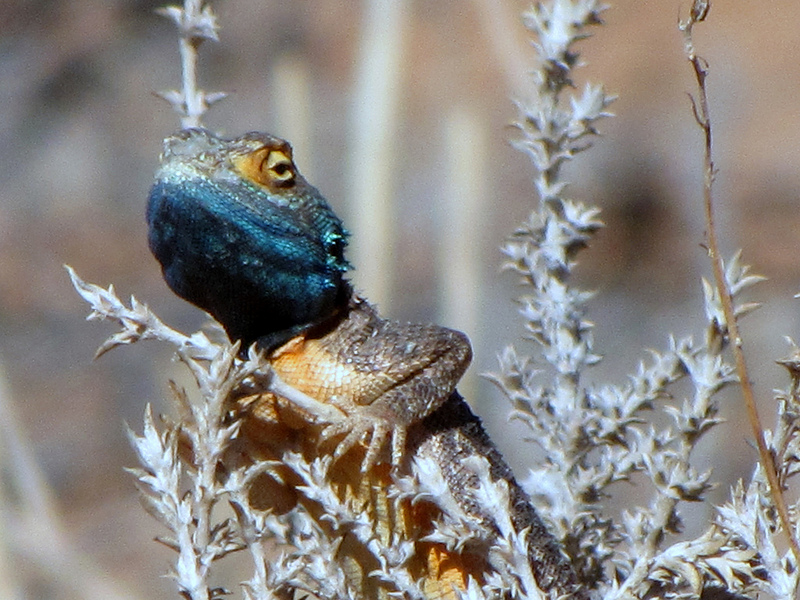 by Lisbeth
by Lisbeth by PRWIN
by PRWIN by PRWIN
by PRWIN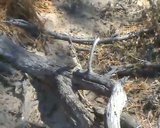
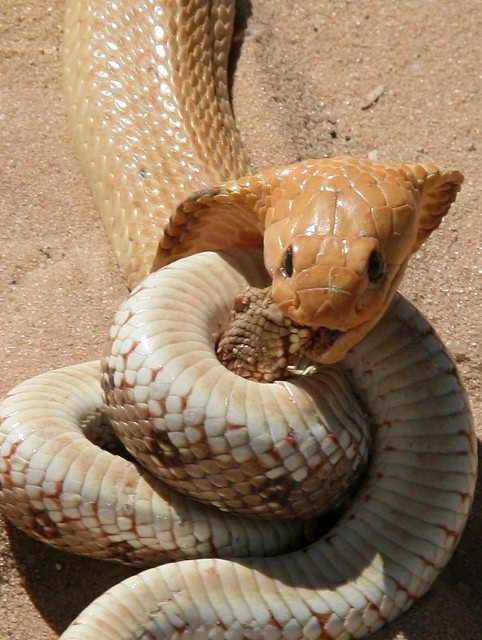 Kgalagadi 2012, by nan
Kgalagadi 2012, by nan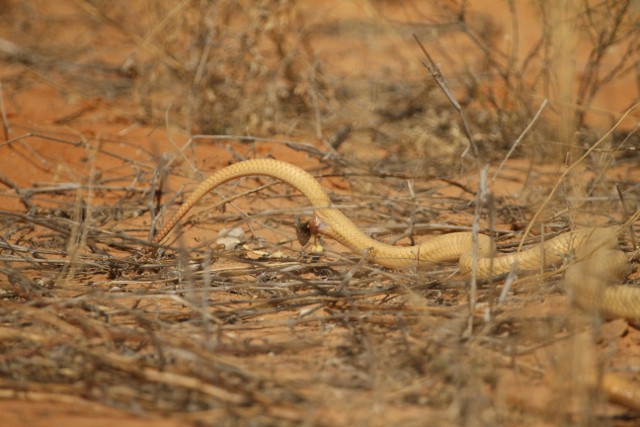 with an urgent need
with an urgent need  by nan
by nan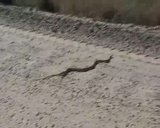
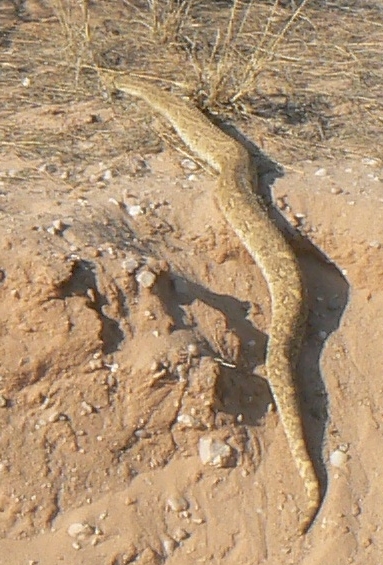
 by nan
by nan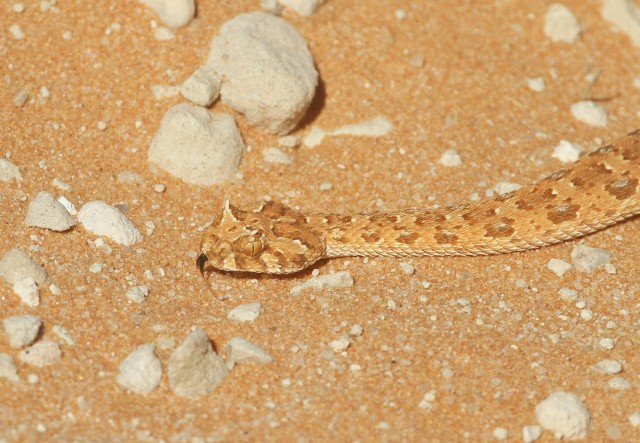



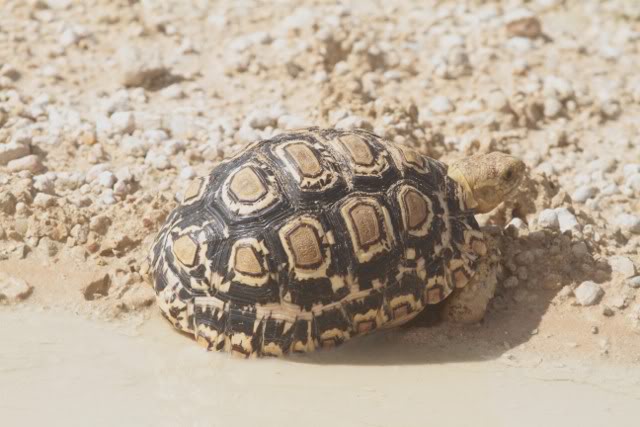 by nan
by nan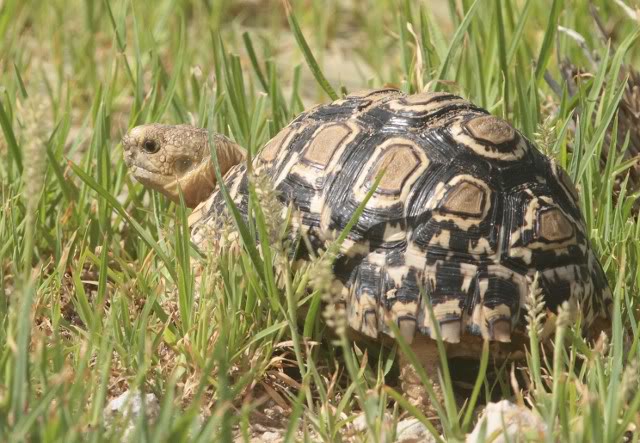 by nan
by nan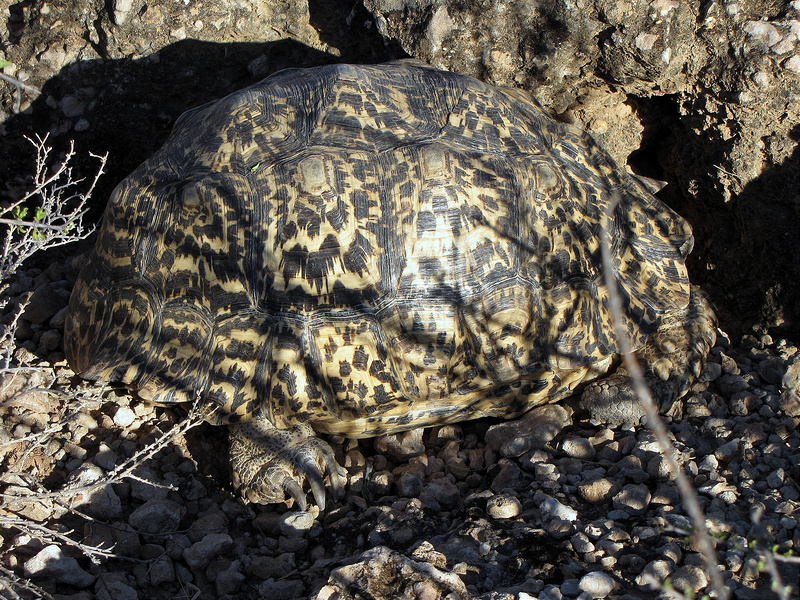 by Lisbeth
by Lisbeth
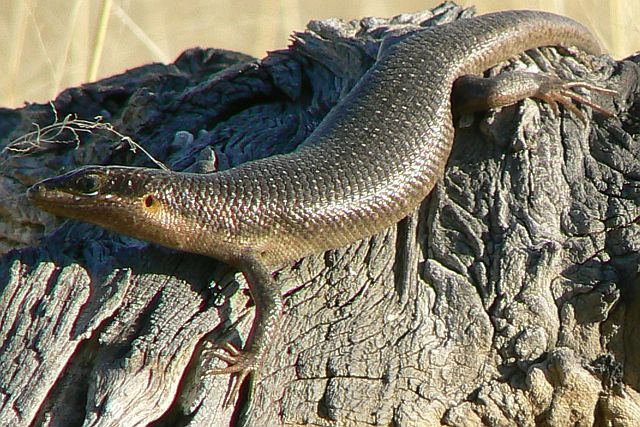 by Toko
by Toko